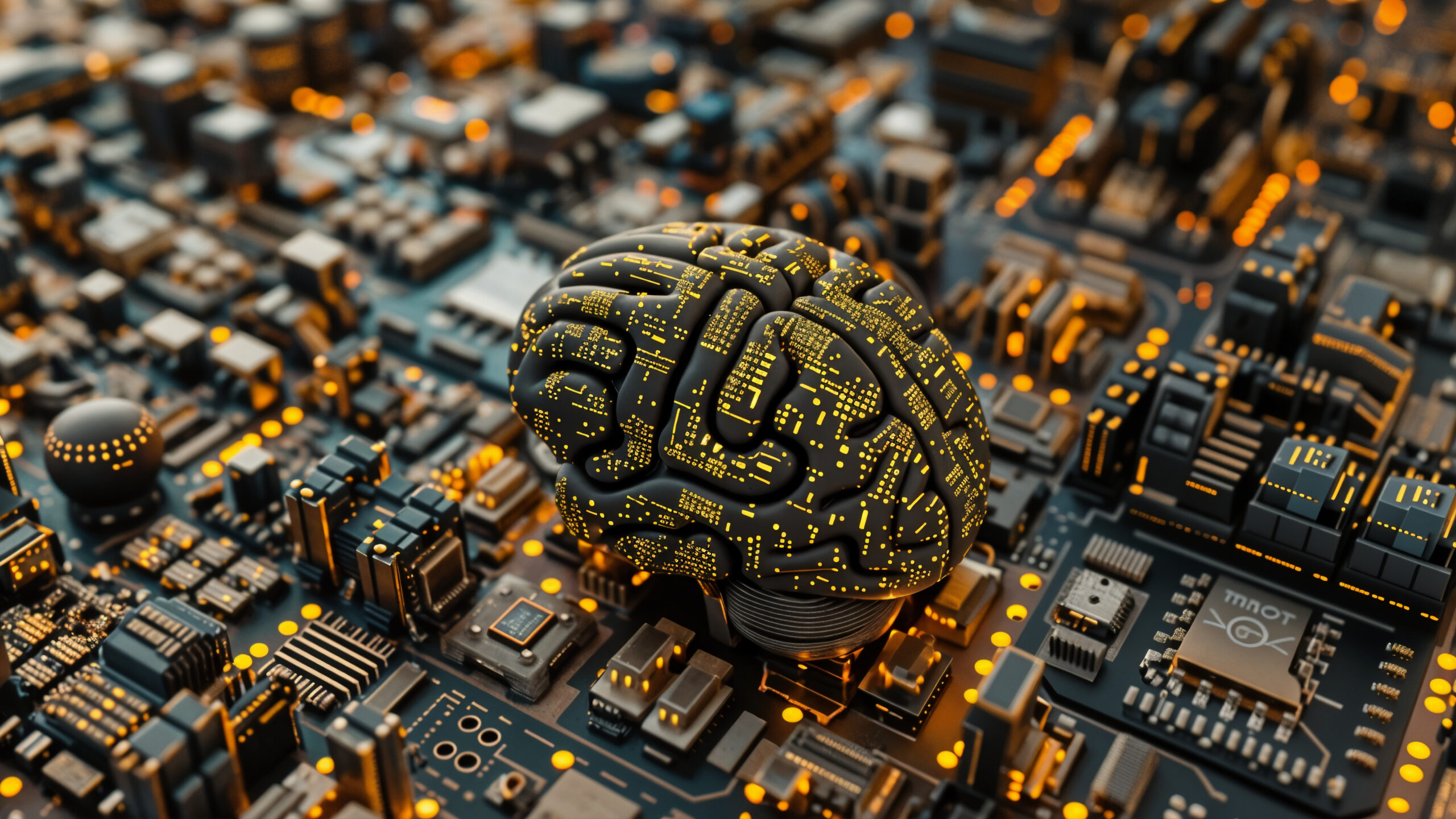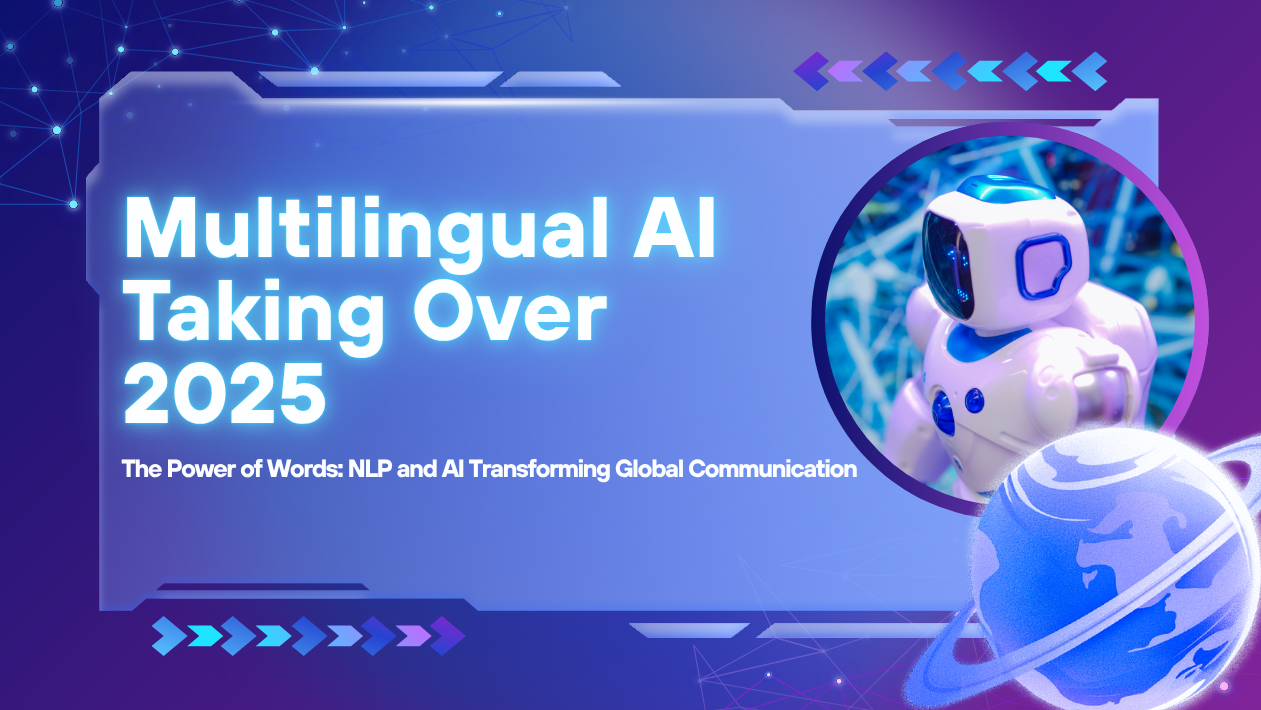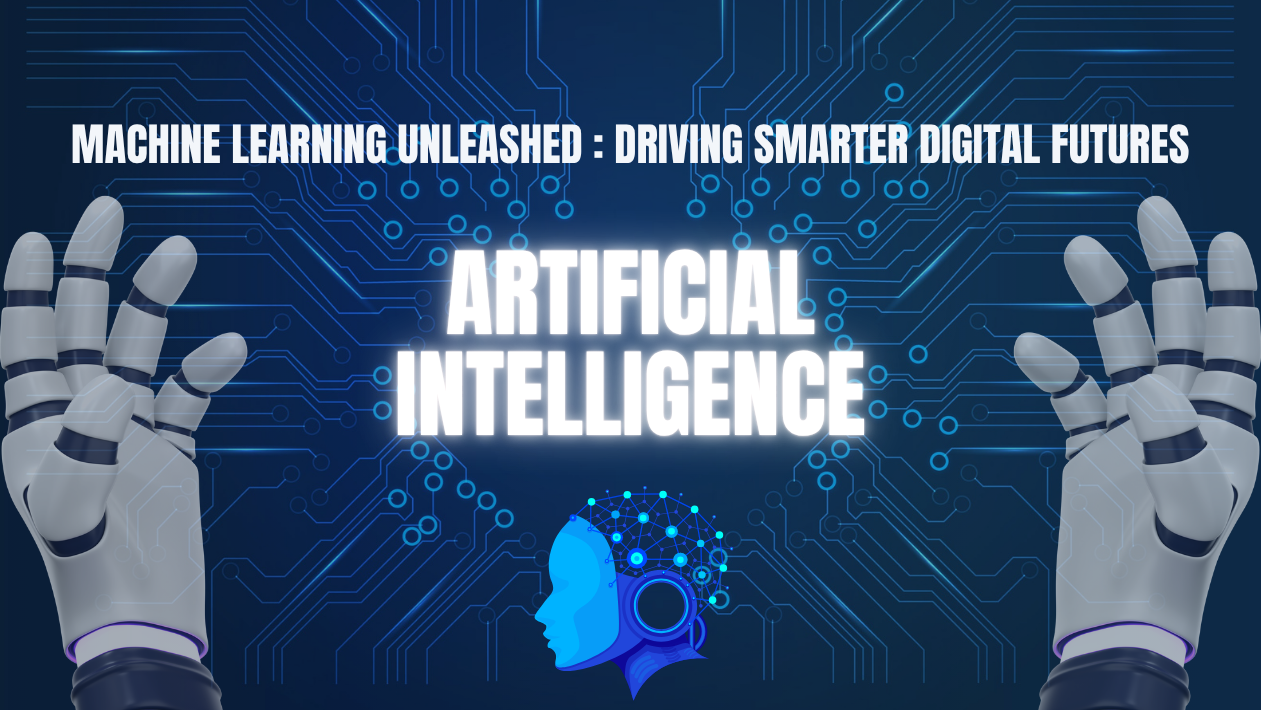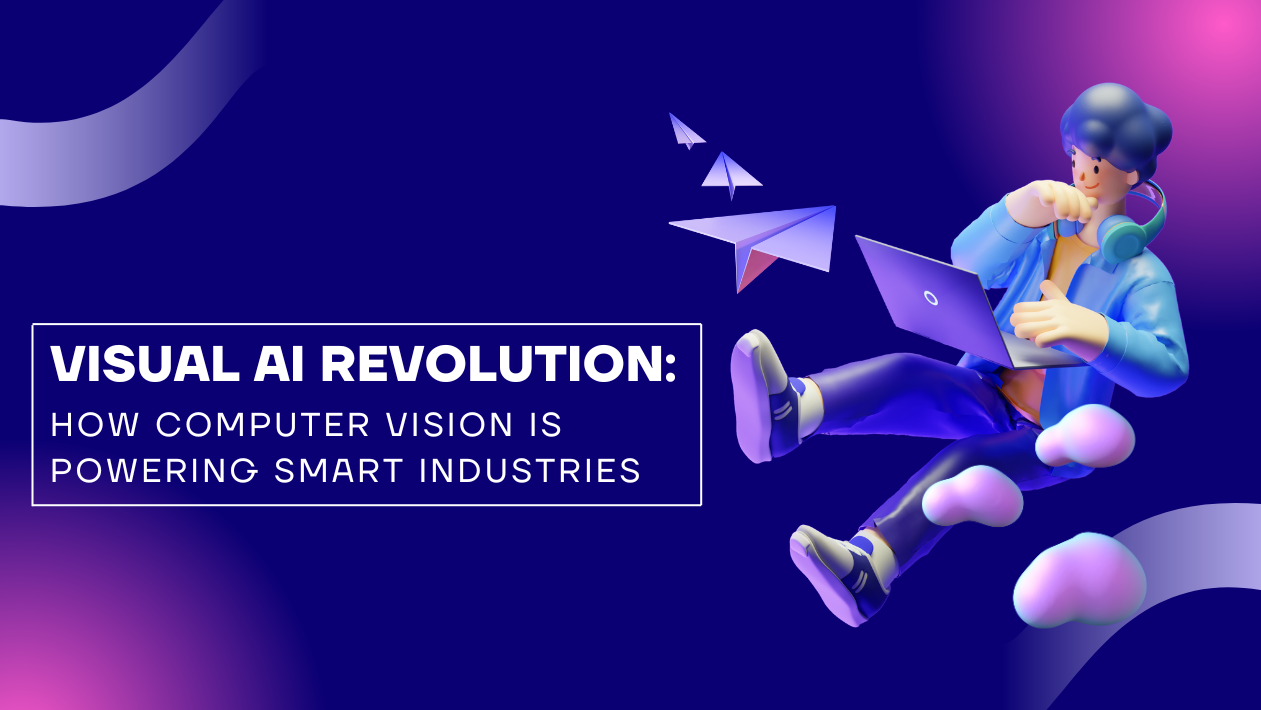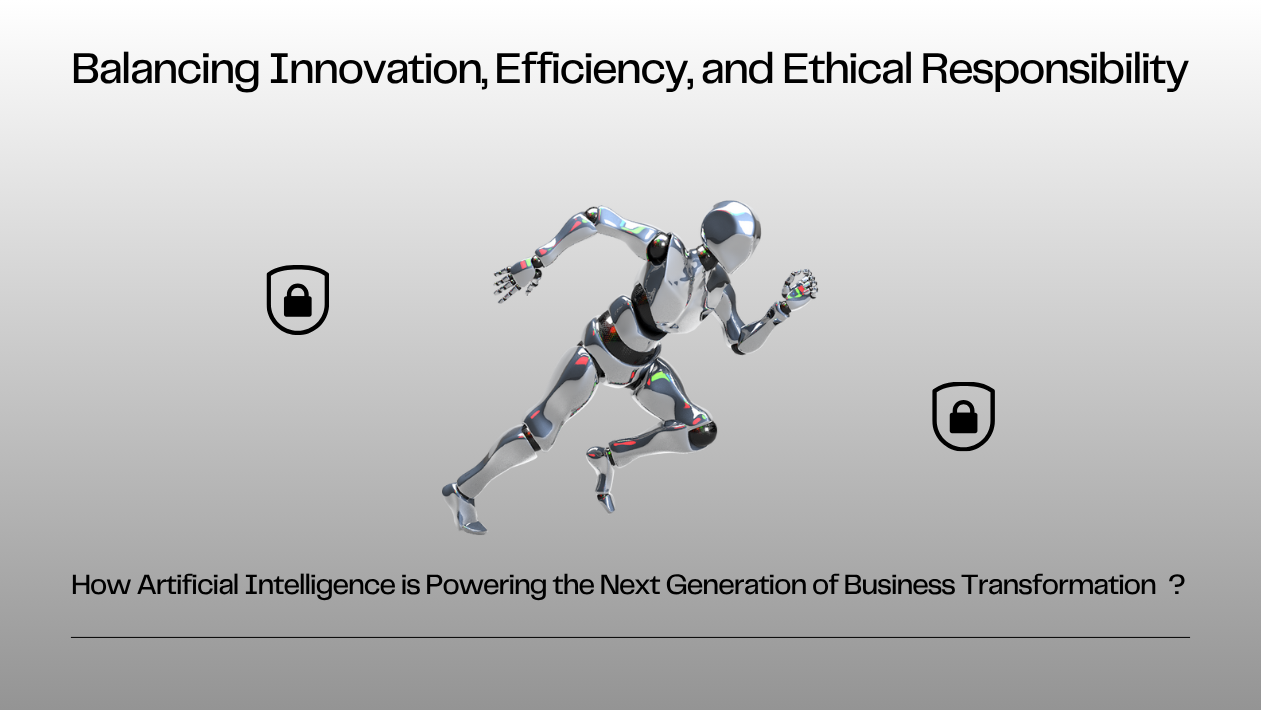Natural Language Processing (NLP), a subfield of artificial intelligence that enables machines to understand and generate human language, has entered a new era in 2025. With powerful language models, real-time speech interfaces, and industry-specific NLP applications, businesses and governments are reimagining communication, automation, and decision-making.
From AI-powered customer service to legal document summarization and multilingual education, NLP is now a critical pillar of digital transformation.
Generative NLP Models Go Enterprise-Scale
Large language models (LLMs) like GPT-4.5, Claude 3, and Mistral are being deployed at scale in industries such as banking, healthcare, and e-commerce. These models are fine-tuned for specific domains, enabling automated drafting of emails, reports, contracts, and chatbot responses—with human-like fluency.
Enterprise-grade platforms like OpenAI’s ChatGPT Enterprise and Anthropic’s Claude Workbench offer enhanced security, customization, and auditability for business use.
Voice and Speech Tech Get Smarter and Multilingual
Real-time transcription, translation, and voice generation tools have seen massive improvement in 2025. Tools like Google Translatron 3, Whisper X, and MetaVoice are offering near-human accuracy in multilingual voice interactions, empowering global teams, virtual meetings, and AI agents.
This is transforming contact centers, education, and healthcare accessibility through faster, clearer, and more inclusive communication.
NLP in Healthcare, Legal, and Finance
Specialized NLP systems are now analyzing clinical notes, financial filings, and legal contracts to extract key data, detect risks, and generate summaries. This dramatically reduces the time spent on documentation and improves compliance.
Healthcare providers are using NLP to assist in electronic health record (EHR) analysis, while law firms are relying on AI to review case files and legal precedents.
Sentiment and Emotion Analysis for Customer Insights
Brands in 2025 are using NLP tools to analyze customer sentiment in real time—across social media, emails, chat transcripts, and reviews. This enables fast response to complaints, trend spotting, and marketing personalization.
Advanced sentiment engines can now detect not just positivity or negativity but emotions like frustration, excitement, or confusion—making feedback loops faster and more accurate.
Ethical and Responsible NLP in Focus
With the rise of language models, concerns around bias, misinformation, and hallucinations have grown. Organizations are now implementing responsible NLP practices, such as:
- Bias detection in outputs
- Fact-checking tools for generated content
- Transparent model training data policies
New global guidelines are encouraging companies to ensure NLP tools are inclusive, accurate, and safe.
Outlook: NLP Becomes the Voice of Every Digital Interaction
In 2025, NLP is no longer just about processing language—it’s about enabling intelligent, real-time, and human-centric communication across apps, services, and devices. Whether it’s summarizing data, powering chatbots, or translating global meetings, NLP is at the heart of the AI revolution transforming how we read, write, speak, and understand.

